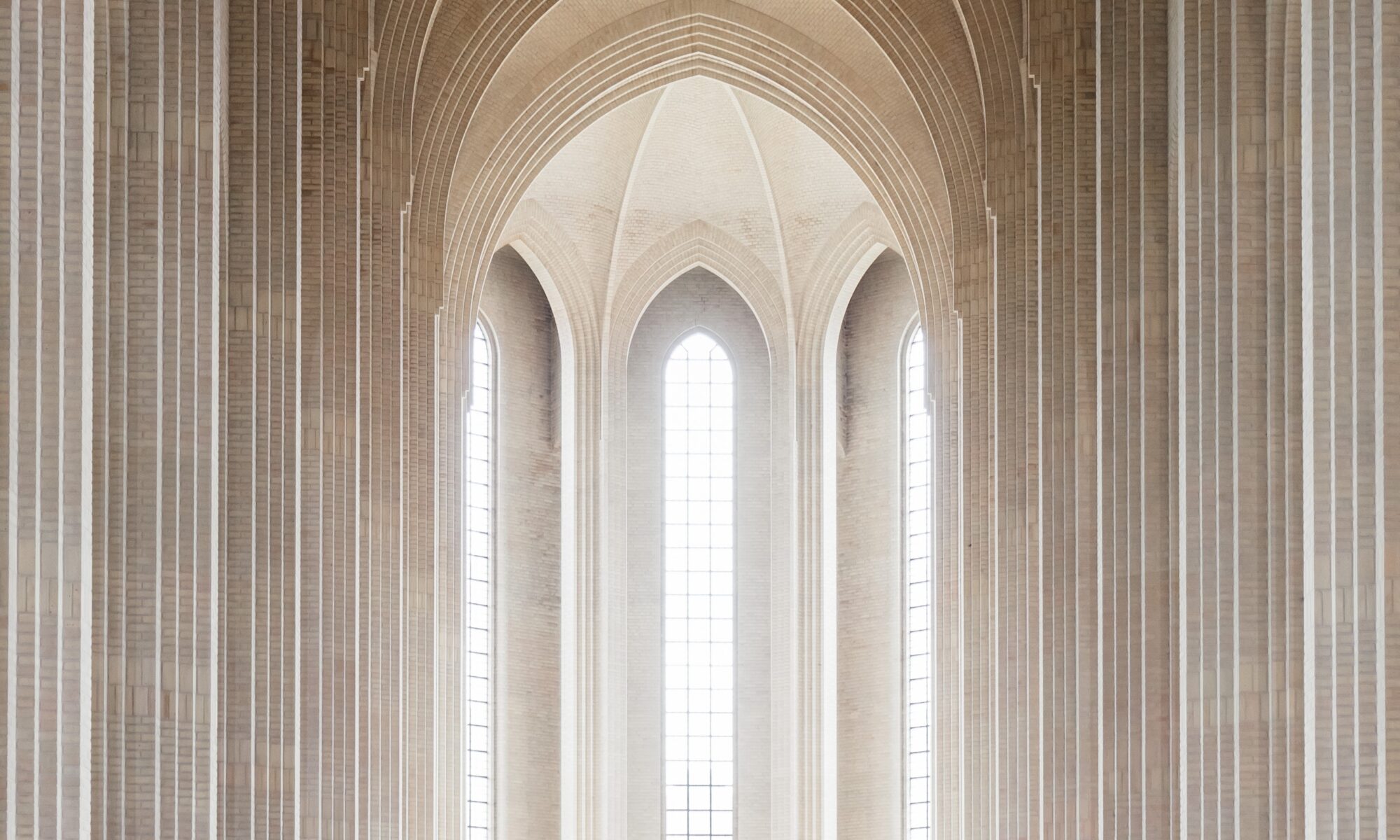My friend Christopher Benson recently posted some thoughts about the nature of systems in theology (and philosophy) and the temptation to believe that a system can actually be comprehensive and truly account for everything. The problem lies less with systems themselves and more with systematizers who believe they have accounted for everything and then dismiss all evidence to the contrary.
As a student of systematic theology, I share these same concerns. In my own doctoral work, I have apprenticed myself to a theologian who was famously wary of systems in theology, Hans Urs von Balthasar. While insisting on wholeness and the integrity of form, Balthasar also insisted that no one theology is the theology. He often spoke of theology in symphonic terms where many voices/instruments sound together to suggest the whole. Any given theologian or theology, however helpful, however illuminating, is still only a part of the whole. The first violin is important, perhaps even crucial to the orchestra, but the first violin can never be the whole orchestra.
How then to avoid the temptation of totalizing systems? Benson says stories are one check against the hubris of the systematizer. Stories, he says, resist systems, or at least, systems that insist on being absolute. In that vein, I want to offer here two other possible checks on a system becoming absolute—thinking of theology in aesthetic terms, particularly architecture, and thinking of theology as a map.
But first a word in defense of systematic theology as a discipline. In The Architecture of Theology A.N. Williams argues that theology is inherently systematic. Why? Because theology describes revelation in terms of relationships and systems describe relationships through the right use of reason. By reason I mean in a holistic sense that is both ratio and intellectus, both discursive and intuitive. I mean it in the sense Josef Pieper describes in Leisure the Basis of Culture. I mean reason in the sense that thinkers like Irenaeus or Augustine would use the word, and not in the Enlightenment sense. In any case, Williams says that trying to say anything about the two subjects of theology, God and all things as they relate to God, must involve both reason and relationship and therefore are, in terms of Williams argument, inherently systematic.
To my own broader point about thinking of theology in aesthetic terms, Williams uses the metaphor of theology as architecture to make these points. A wonderful building requires the systematic construction of different materials that are rightly related to each other (read reasonably and pleasingly related to each other). Both Dante’s Divine Comedy and Thomas’s Summa Theologica are often described as the literary equivalents to the great gothic cathedrals because both are works in which every piece proportionally relates to every other piece, and taken together there is unity and radiance, in word they are beautiful.
Thinking of theology in architectural terms is not entirely dissimilar to the case Balthasar makes for beginning theology with beauty. By beginning with beauty, Balthasar makes a case for wholeness and integrity in theology on the basis that a work of art can be complete in and of itself and yet make no claim to totality. A work of art with clarity, integrity, and harmony, means and means deeply, but no one would therefore describe it as the only work of art. Theology likewise need not be comprehensive (and can never be given God as its subject) in order to be beautiful (that is have radiance and integrity) or meaningful.
The other image is that of theology as a map. And I want to take up that image in another post.


Thank you for the shout-out, Chris. I am glad to hear that you share my Nietzschean mistrust of systematizers while recognizing that theological systems are unavoidable. Our questions dovetail each other. Where I asked how systematizers can relax their will to power, you are asking how systematizers can resist an absolutization of “the two subjects of theology, God and all things as they relate to God.”
I welcome Balthasar’s move to aestheticize theology, although I imagine theology should not only begin with beauty but also end with beauty. Why? According to Aquinas, the properties of beauty – integritas (wholeness), consonantia (proportionality), and claritas (radiance) – cannot be discerned until the work of art is finished. And here we return the stubbornness of theology: it refuses to be finished because its object is “the Lord, the Everlasting God” (Gen. 21.33). For this reason, theology, despite foolhardy aspirations for a totalizing discourse, will always have the last laugh against its systematizers. Theology is a four-movement symphony without the last movement, a five-act drama without the last act, a twelve-book epic poem without the last book. Theology will only finish itself in heaven, and then we will not have need of this discipline because the beatific vision gives us immediate and direct knowledge, whereas “for now we see in a mirror dimly” (1 Cor. 13.12).